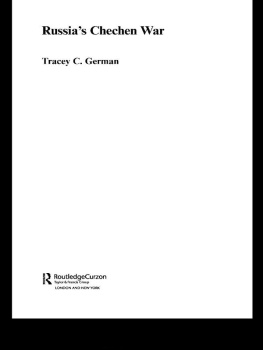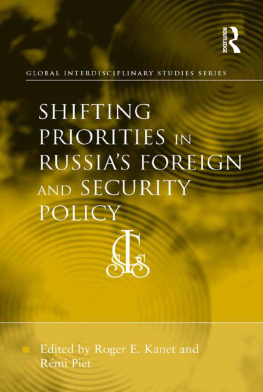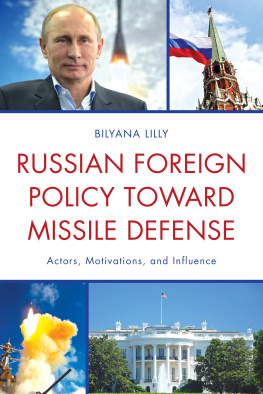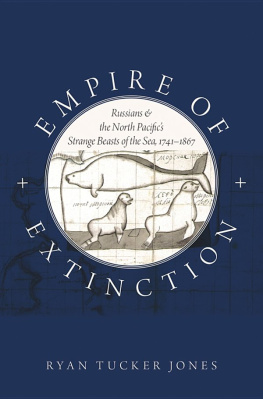Preface
In a remote colonial outpost in the American Northwest at the end of the eighteenth century, European fur traders and indigenous women lived together with their children in family dwellings. Archaeological evidence suggests that inside these homes, objects made by indigenous people mingled with those manufactured by Europeans. Woven sea-grass mats and musket balls, animal oil lamps and iron pots, cobble fishing weights and gun parts sat side by side on animal skin rugs that covered the floors. Readers familiar with the history of the westward-moving American fur trade can easily recognize this description of converging lifestyles. But the Europeans who inhabited these particular intimate spaces were Russian, the indigenous people were Alutiiq, and the dwellings themselves were located on Kodiak Island, Alaska, at the easternmost reach of the Russian Empire and the western edge of the Americas.
The story of massive European expansion westward across the Atlantic and the North American continent has often been stereotyped and romanticized as a canonical mainstay of American history. Far less familiar to Americans is an eastward-moving counterpart: the story of Russias expansion out from Muscovy, first over the Ural Mountains and across Siberia, and then across the Pacific to the numerous islands and expansive coast of Alaska. In 1784, after a generation of maritime exploration, Grigorii Shelikhov, the ambitious codirector of a large fur-trading company, arrived with his family and crew to establish a permanent settlement.
At the beginning of the twenty-first century, for many Americans the news that Russians colonized in North America still comes as a rude surprise. During the summer of 2000, in the guestbook of an exhibit on eighteenth-and nineteenth-century Russian scientific expeditions at the Anchorage Museum, I read notes jotted down by people from all over the United States and Canada. Many of these visitors had arrived on the huge cruise ships that ply Alaskas coastal waters in the summer; others had stopped by en route to fly-fishing and bear-sighting expeditions, whale-watching tours, kayaking trips, or hiking in Denali National Park. Exuberant observers from Mississippi to Minnesota made remarks such as, very interesting. I had never heard the term Russian America before; or fascinatingwhy didnt I ever learn that Russians had settled so early on our shores? But Russians did colonize on North American shoresfirst at Kodiak Island, Alaska, then at outposts further south along the continental seaboard, even reaching the coast of California.
Some aspects of the late-eighteenth-century contacts between Russians and the Alutiiq people of Kodiak certainly mirror other North American colonial episodes. These interactions entailed adaptation to alien environments, the discovery and exploitation of natural resources, complicated relations between indigenous peoples and colonizing Europeans, attempts by an imperial state to moderate those relations, and a web of Christianizing practices. Despite suggestive similarities with other North American contact experiences, the common ground should not be overstated. Russian colonization in Alaska was different not only in place, but also in time as well. It began some two hundred years later than the first phases of Spanish, French, English, and Dutch invasions of North America. During Europes Age of Enlightenment, Russians established a colony in the Pacific at the very same time that the American and French Revolutions disrupted the Atlantic World. Over the next forty years, with Europe on the cusp of modernity, newly adjusted forms of imperialism and nationalism would emerge. Thus the initial period of Russian colonization in Alaskabeginning with Vitus Berings exploration of 1741, and ending with governmental takeover of the colony in 1818fell between two modes of colonialism. In the Alaskan enterprise, the early New World tradition of colonial projects, from the fifteenth through the eighteenth centuries, converged with the beginnings of the bureaucratic age of high empire in modern Europe.
The particular story of late eighteenth- and early nineteenth-century colonization that follows is not intended to provide a comprehensive overview of Russian America; this has been done well, and will continue to be done, by others. Rather, this study centers on a more specific locale, where various people came together to create an altogether new society. It explores the diverse connections that Russians and indigenous Alaskans engaged in during the first phases of contact. In doing so it joins, and I hope expands, the sizable array of case studies that shed light on our changing understanding of colonial enterprise more broadly.
As we shall see, the term Kreol took on a particular meaning, referring to a specific group of people within the taxonomy of the Russian Empire by the second decade of the nineteenth century. The use of this term grew directly from the uniquely Russian form of colonial American enterprise that emerged in Alaska at this time. My title term, Kodiak Kreol , invokes the ways in which various groups of peopleboth violently and peacefullycame together to form a distinct colonial Russian-American community at Kodiak that was never wholly Russian or Alutiiq.
What happened when people from the western edges of North America and people from the eastern edges of northern Eurasia met for the first time? How did they navigate a new world for both groups, the new island that they formulated together? And what was the range of experiences within these two groups? Which people within these overlapping communities stood at the forefront of this interaction? And how did their roles within their own societies and cultures affect their experiences in this specific colonial locale? These are guiding questions that emerge as the story of Kodiak unfolds.
Kodiak Island provides an important perspective from which to answer these questions because it was the nexus of colonial activity during the first phases of Russian rule prior to 1818. But, in large part due to source limitations, few historians have looked closely at the early phases of Russian colonization centered at Kodiak. They have, instead, turned further south and east to the later colonial center of Sitka. For it was Novo Arkhangel'sk (New Archangel), at Sitka, firmly founded in 1804 two decades after Kodiak, that became the headquarters for the Russian-American Company in 1806, the Russian Orthodox mission in 1816, and the colonial capital until the United States bought Alaska from Russia in 1867. Kodiak, however, was the crossroads of early Alaskan colonial contact. Even after the main office of the fur trade company departed for Sitka soon followed by the small leadership of the Russian Orthodox Church, both Russian and Alutiiq people continued to live on Kodiak. From Shelikhovs first landing the importance of the island as a distinctive colonial configuration cannot be overemphasized. First of all, the people who inhabited the Kodiak Archipelago and their distant neighbors from Unalaska, the Unangan peoples, became closely, even uniquely, intertwined with the Russians. The island, with its sheltering harbors, became a mixed community of various Russian and Native peoples; and by the 1820s it represented a primary population center of a new, specific, officially defined Kreol group of people. Second, Kodiak is the place where the fur company first established a base for commerce and quasi-official governance that would shape the methods later employed by the distant Russian imperial court in overseeing the Alaska colony. Third, it is the place where the Russian Church set up its first overseas mission; to this day, a seminary near the harbor at Kodiak educates young Orthodox men for the priesthood.







